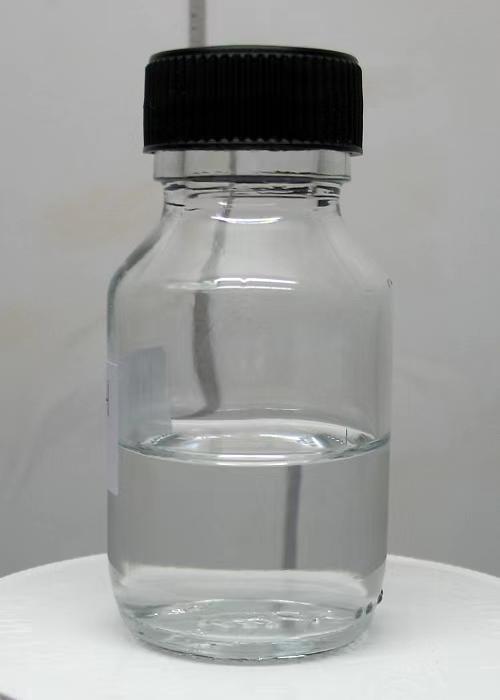



how much sodium bisulfate to lower ph
How Much Sodium Bisulfate to Lower pH
Sodium bisulfate, a powerful acidifier, is widely used in various applications, particularly in swimming pools, spas, and industrial processes where pH control is crucial. Maintaining the appropriate pH level ensures not only the effectiveness of sanitizers but also the longevity of materials and comfort for users. Understanding how much sodium bisulfate to use to lower pH effectively is essential for anyone responsible for water quality management.
Understanding pH
Before diving into how sodium bisulfate impacts pH levels, it’s essential to have a basic understanding of what pH is. The pH scale ranges from 0 to 14, with 7 being neutral. A pH below 7 indicates acidity, while a pH above 7 indicates alkalinity. For most swimming pools and spas, the ideal pH range is between 7.2 and 7.8. If the pH is too high, it can lead to issues such as reduced effectiveness of disinfectants, increased skin and eye irritation for bathers, and the potential for scaling.
How much Sodium Bisulfate to Use?
To determine the right amount of sodium bisulfate needed to lower pH, you first need to know the current pH level and the volume of water you’re treating. As a general rule, adding about 6 ounces of sodium bisulfate can reduce the pH of 10,000 gallons of water by approximately 0.2 units.
Here's a more detailed guideline
how much sodium bisulfate to lower ph

1. Test Your Water Use a pH testing kit to determine the current pH level. 2. Calculate Volume Know the total volume of water in your pool or spa. This information is crucial for accurate measurement. 3. Determine Needed Adjustment Based on your current pH and your desired target pH, you can use the aforementioned guideline to calculate how much sodium bisulfate is necessary. 4. Add Gradually It is advisable to add sodium bisulfate gradually. Monitor the pH after each addition to avoid overshooting your target.
Application Tips
When adding sodium bisulfate to your water, always do so in small increments. It’s better to start with less than necessary, as you can always add more if needed. Additionally, ensure proper mixing; circulating the water will help distribute the chemical evenly, leading to a more uniform pH level.
Safety is another crucial consideration. Always wear gloves and goggles when handling chemicals to prevent skin and eye irritation. Store sodium bisulfate in a cool, dry place away from direct sunlight and moisture.
Conclusion
Maintaining the correct pH in swimming pools, spas, and other water bodies is vital for both safety and efficiency. Sodium bisulfate provides a straightforward solution for lowering pH levels, but it is important to use it correctly. By understanding your water’s pH requirements and following proper dosage guidelines, you can ensure a balanced, safe environment that enhances user comfort and maximizes the effectiveness of sanitizers. Regular testing and maintenance will keep your water in optimal condition year-round.
-
Why Sodium Persulfate Is Everywhere NowNewsJul.07,2025
-
Why Polyacrylamide Is in High DemandNewsJul.07,2025
-
Understanding Paint Chemicals and Their ApplicationsNewsJul.07,2025
-
Smart Use Of Mining ChemicalsNewsJul.07,2025
-
Practical Uses of Potassium MonopersulfateNewsJul.07,2025
-
Agrochemicals In Real FarmingNewsJul.07,2025
-
Sodium Chlorite Hot UsesNewsJul.01,2025










